Potassium Iodide
Product Details:
- Structural Formula K I
- Storage Dry Place
- Boiling point 1,330 C.
- Particle Size Varies; commonly available in 100 500 mesh depending on grade
- Solubility Freely soluble in water (~140g/100mL at 20 C); slightly soluble in ethanol
- Shelf Life 5 Years
- EINECS No 231-659-4
- Click to View more
Potassium Iodide Price And Quantity
- 4000.0 INR/Kilograms
- 25 Kilograms
Potassium Iodide Product Specifications
- KI
- Potassium Iodide
- No Smell
- 0.001% (10 ppm max, depending on pharmacopeial limits)
- White or colorless crystalline powder
- 166.00 Kilograms (kg)
- Solid
- Medicine Grade
- 99% to 99.9% (depends on grade: pharmaceutical, reagent, or industrial)
- 6.0 9.0
- Thyroid protection (radiation exposure), nutritional supplement, expectorant, chemical reagent
- Bitter
- 1.0% (typically 0.2 0.5%)
- K I
- 231-659-4
- Potassium Iodide
- ~681 C (1258 F) (decomposes on melting)
- 28276010
- 7681-11-0
- Pharmaceutical Intermediates
- Freely soluble in water (~140g/100mL at 20 C); slightly soluble in ethanol
- Varies; commonly available in 100 500 mesh depending on grade
- Dry Place
- 1,330 C.
- 5 Years
Potassium Iodide Trade Information
- Mumbai Port
- Cash Advance (CA), Cash in Advance (CID), Letter of Credit at Sight (Sight L/C), Letter of Credit (L/C), Cash on Delivery (COD), Cash Against Delivery (CAD)
- 100 Kilograms Per Day
- 7 Days
- No
- Free samples are available
- Drum Packing
- Asia, Australia, Central America, North America, South America, Eastern Europe, Western Europe, Middle East, Africa
- All India
- WE PROVIDES ALL KIND OF CERTIFICATIONS AS YOU REQUIRED
Product Description
We have been setting benchmarks of success in the market as a prominent organization engaged in offering Potassium Iodide. It is indicated for the treatment of dermatitis and ulcerations, and for the control of urine odor, caused by ammoniacal urine in incontinent adults. To comply with set safety norms, we use finest quality compounds to process this drug. It is also indicated in infants for the treatment of diaper rash. Potassium Iodide promotes the synthesis of glutathione. It is prescribed as an alternative to acetylcysteine for the treatment of paracetamol poisoning.
Specification
|
CAS No |
7681-11-0 |
|
Formula |
KI |
|
Molecular Weight |
166.01 . |
|
Deleted CAS |
106449-25-6|39448-53-8|59216-96-5|61456-02-8 |
|
EINECS |
231-659-4 |
|
Density |
1.32 g/mL at 25 C |
|
Melting Point |
113 C(lit.) |
|
Boiling Point |
184 C(lit.) |
|
Flash Point |
1330C |
|
Solubility |
1.43 kg/L in water |
|
Appearance |
White to off-white crystalline powder |
Potassium Iodide Powder Detailed Description
Chemical Identity:
-
Name: Potassium Iodide
-
Chemical Formula: KI
-
Molar Mass: 166.00 g/mol
-
CAS Number: 7681-11-0
-
Appearance: White crystalline powder
-
Odor: Odorless
-
Taste: Saline and slightly bitter
Physical and Chemical Properties:
-
Solubility: Highly soluble in water (approximately 140 g/100 mL at 20C), slightly soluble in alcohol, insoluble in ether.
-
Melting Point: 681C (decomposes)
-
Boiling Point: Not applicable (decomposes before boiling)
-
pH (in aqueous solution): 69
-
Stability: Stable under normal storage conditions. Reacts with strong oxidizing agents.
Purity Grades:
-
Pharmaceutical Grade (USP/BP/EP): Suitable for medical and dietary uses.
-
Analytical Reagent Grade (AR): Used in laboratory applications.
-
Technical Grade: Used in industrial or non-critical applications.
Uses and Applications:
1. Medical and Pharmaceutical Uses:
-
Thyroid Protection: Used as a protective agent in nuclear emergencies to block radioactive iodine from being absorbed by the thyroid gland.
-
Antiseptic Ingredient: Used in topical disinfectants and iodophors.
-
Expectorant: Sometimes included in cough medicines.
2. Nutritional Supplement:
-
Iodine Source: Added to table salt (iodized salt) and animal feed to prevent iodine deficiency disorders like goiter.
3. Chemical and Industrial Applications:
-
Photographic Chemicals: Used in the preparation of silver iodide emulsions.
-
Analytical Chemistry: Used in iodometric titrations as a source of iodide ions.
-
Dye and Ink Manufacturing: Used in certain formulations.
4. Laboratory Uses:
-
Buffer Solutions and Reagents: Acts as a reagent in analytical chemistry.
Handling and Storage:
Storage Conditions:
-
Store in a tightly sealed container.
-
Keep in a cool, dry, and well-ventilated area.
-
Protect from light, heat, and moisture.
Handling Precautions:
-
Avoid inhalation, ingestion, and contact with skin and eyes.
-
Use with adequate ventilation and appropriate personal protective equipment (PPE).
Toxicity and Safety:
-
Health Hazards: Overexposure may cause skin irritation, gastrointestinal distress, or allergic reactions. Prolonged high intake may lead to thyroid dysfunction.
-
Emergency Measures: In case of ingestion of large amounts, seek immediate medical attention.
-
Regulatory Status: Approved for use by various health and food safety authorities under controlled limits.
Packaging:
-
Typically available in polyethylene or amber glass containers.
-
Common quantities: 25g, 100g, 500g, 1kg, and bulk packaging for industrial use.

Price:
- 50
- 100
- 200
- 250
- 500
- 1000+


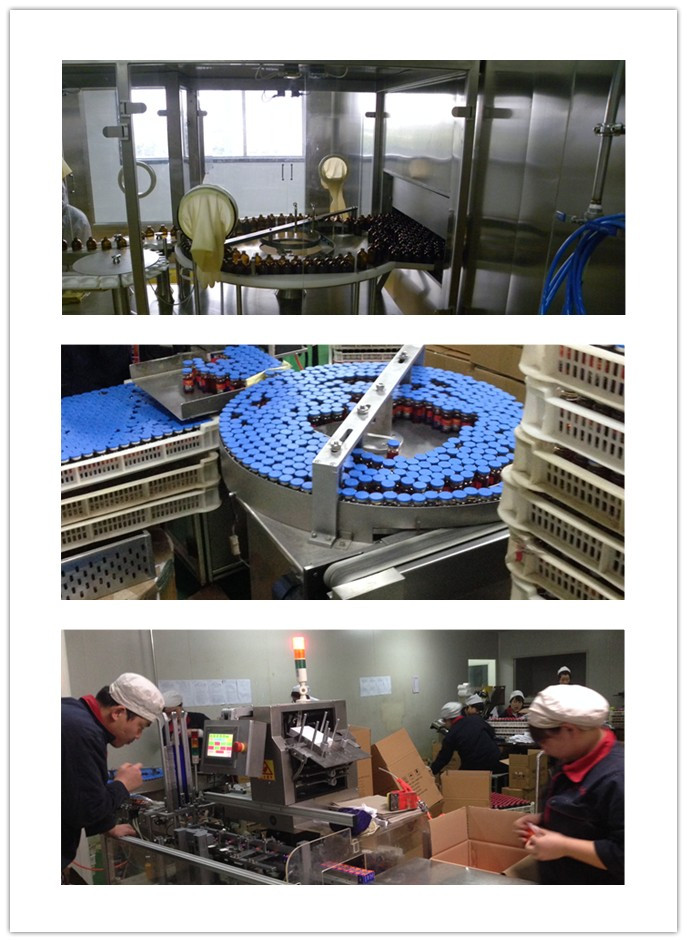


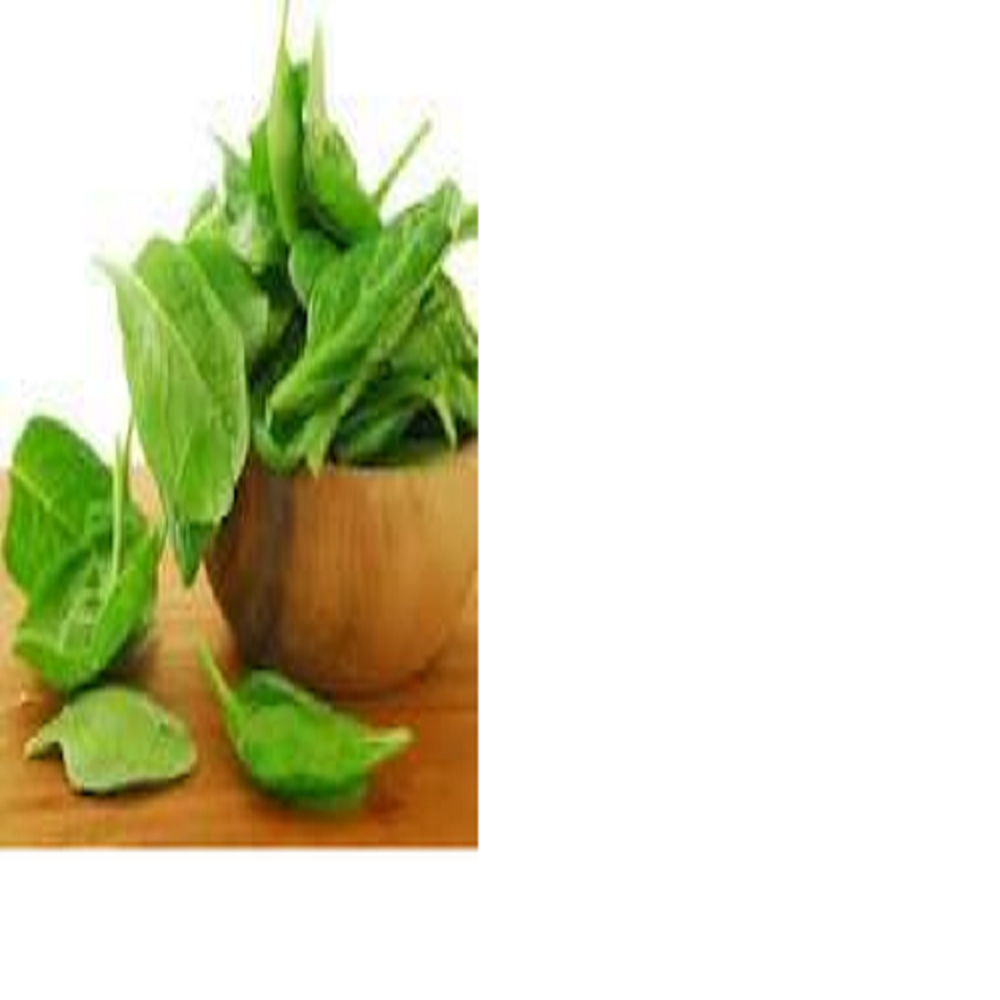
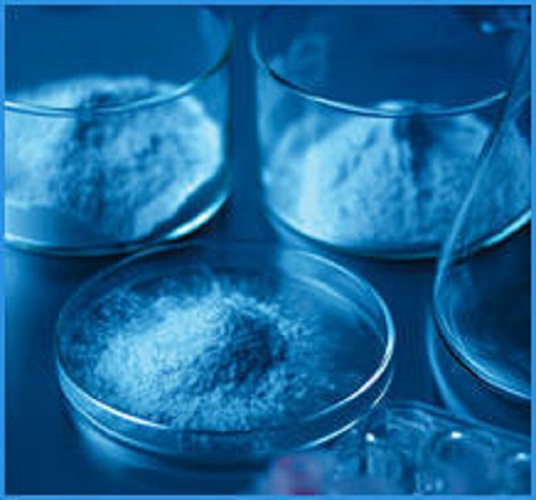

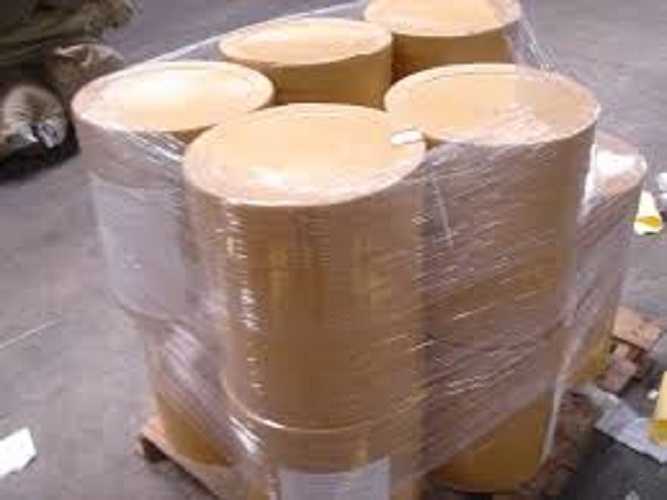





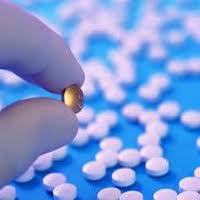


 : nilesh.sheth70
: nilesh.sheth70
